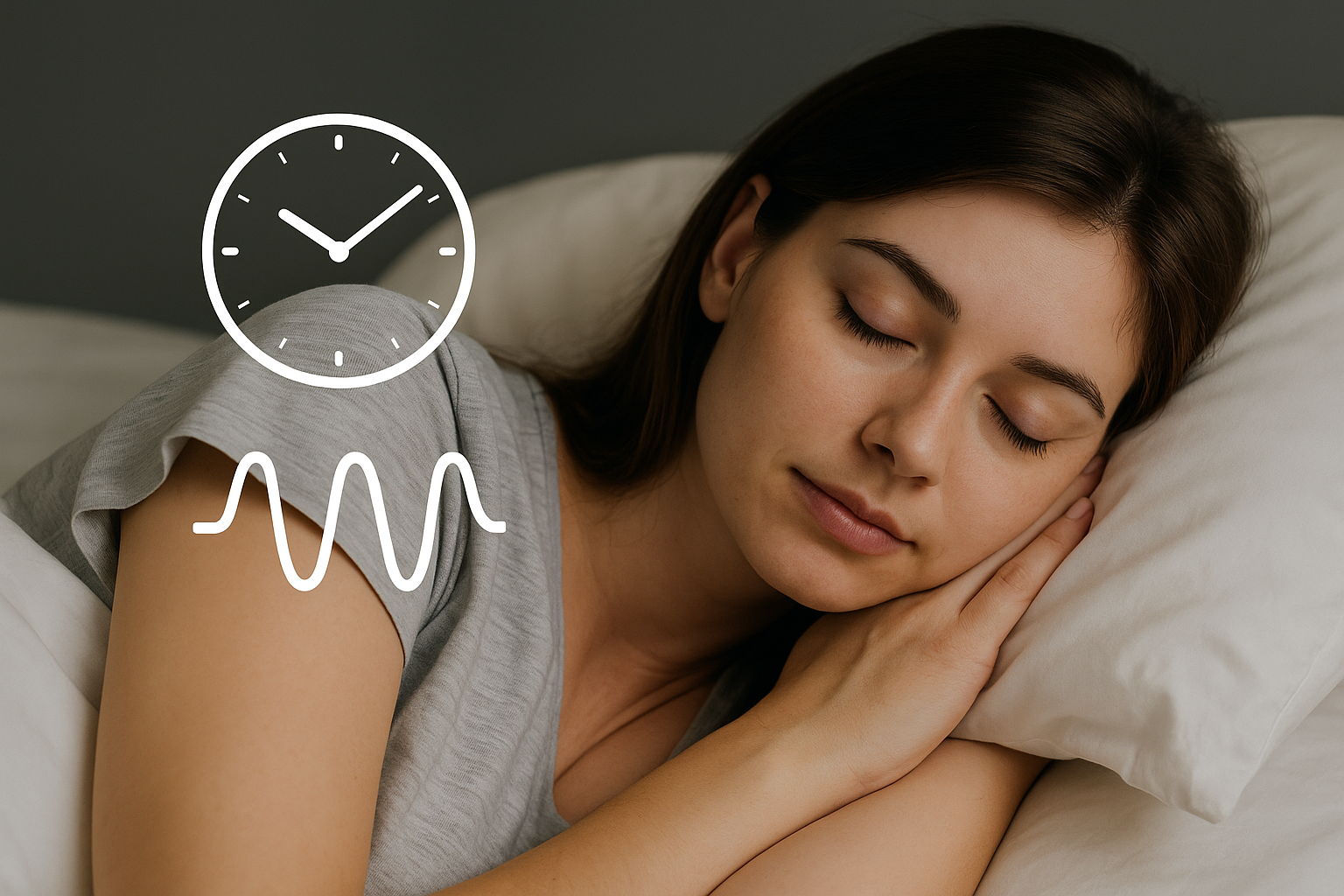Why Nap Timing Beats Nap Length
(Sleep Cycle Science Explained)
Unlock peak energy and clarity by napping smarter; not longer.
By Nappin Team
Last Updated: July 28, 2025
Ever wondered why some naps leave you refreshed while others make you groggy? It’s not just how long you nap, it’s when. Swapping a delayed but short nap for one timed right in your energy dip can mean the difference between a wakeful reset and waking up disoriented. Let’s explore why nap timing beats nap length when you're aiming to boost focus, avoid fatigue, and preserve nighttime sleep.
Science Behind Timing vs. Length
Your brain transitions through light (N1-N2) and deep sleep (N3) stages over ~90 minutes. Sleep inertia: the groggy aftermath of waking from deep sleep, typically occurs when you nap for too long and wake from N3; that’s usually beyond the 30-minute mark. Experts say naps under 30 minutes allow you to stay in light sleep and wake easily, minimizing inertia effects.
Meanwhile, NIOSH highlights that short naps (15 to 30 min) are ideal for daytime workers because they rejuvenate without impairing performance, and longer naps often trigger inertia unless you complete a full 90-min cycle.
Peak Windows for Napping
Most research supports napping in the early afternoon (1 to 3 PM). That’s when your circadian rhythm naturally dips, making you more prone to sleepiness but also more responsive to a brief recharge. Timing your nap into this window offers maximum alertness gain without disrupting evening sleep.
Why Timing Outweighs Duration
Studies in Sleep Research and other journals show that short naps taken at the right time can significantly improve cognitive performance. While longer naps taken at suboptimal hours often reduce alertness due to sleep inertia, even if they’re in the 30‑60 min range
Examples from Real Use Cases
Corporate nap pods: Companies like Google, Zappos, and HuffPo encourage 15 to 20 minute naps in early afternoon breaks. Workers report better productivity and mental acuity afterward.
Shift workers & nurses: One study found that naps taken later in night shifts were more effective at restoring alertness, but only when correctly scheduled within their shift cycle. Mis-timed longer naps offered reduced benefit
How to Nap Smarter: Timing Strategy Guide
- Nap in the Early Afternoon: Ideal window is 1 PM to 3 PM to match your circadian dip and restore focus without affecting nighttime sleep. Avoid naps after 4PM.
- Limit Nap Duration to 15 to 25 Minutes: Enough to hit light sleep (N1-N2), but short enough to avoid deep sleep and inertia.
- Wake Gently (No Snooze): Using an alarm and avoiding hitting snooze helps you emerge during light sleep. Slow wake transitions minimize grogginess. Nappin can help with this ;)
- Align with Personal Chronotype: If you’re a “night owl” or “early bird,” adjust your nap window slightly, being mindful to avoid late-day naps.
- Use App Tools Like Nappin: Track sleep onset and time your nap end for the ideal wake moment, app features like heart-rate detection, smart alarms, and gentle wake cues ensure you don’t overshoot your timing.
Sources
- NIOSH: Nap Duration and Sleep Inertia (CDC.gov)
- Sleep Foundation: NASA Power Nap Guidelines
- Wikipedia: Sleep Inertia
- Wikipedia: Nap Definition
- Nature: Nap Timing and Cognitive Function in Shift Workers
- ScienceDirect: Sleep Duration, Timing, and Alertness Meta-Analysis
- Sleep Cycle: How to Master the Power Nap
- AP News: Corporate Nap Pods & Workplace Rest
- Verywell Health: Ideal Nap Duration and Timing
- Self: What Is Your Chronotype?
Copyright © 2025 Nappin, Inc. All rights reserved. Designed by Aarwin Adhikari




